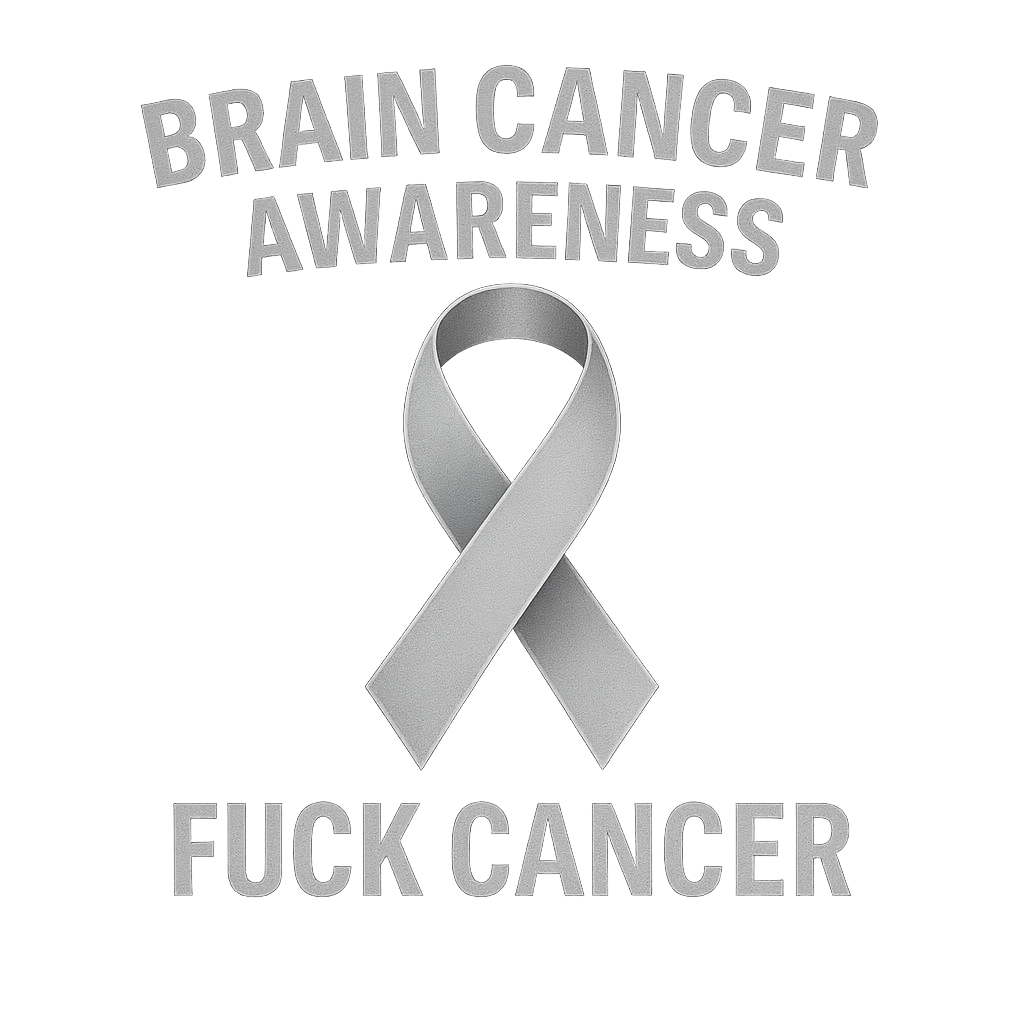The Crash — Seizure-Caused
I’m not dressing it up. I had a seizure behind the wheel. There wasn’t time to pull over or call for help. Impact followed. I lived. The car didn’t.
Minute by Minute
- 08:10Coffee. Simple plans. Normal morning.
- 09:05Driving. Traffic routine. Radio low.
- 09:16:45Onset—either no aura or too fast to act. Awareness narrows. Hands feel wrong on the wheel.
- 09:17:00Seizure impairs control. Lane position drifts. Braking/steering no longer reliable.
- 09:17:04Impact. Airbags deploy. Seatbelt locks. Windshield spiders.
- 09:17:40Postictal confusion. Powder smell, hot metal, ringing ears. Bystanders approach.
- 09:20Bystanders keep me still and calling my name. 911 confirmed.
- 09:22EMS on scene. C‑spine precautions. Neuro checks for ongoing seizure activity.
- 09:31Transport. Oxygen, IV. Monitoring en route. I’m groggy but answering.
- 09:39ER bay. Triage to trauma. Labs, monitors, scan orders.
- 09:46Trauma ward admit for observation and imaging.
What It Felt Like
It didn’t feel like “losing focus.” It felt like the world dimmed and the controls went dumb in my hands. Then the bang. Airbag dust in my mouth, chest strapped, and a head full of static. People yelled to stay still. I stayed still.


In the ambulance, the postictal fog began to lift. In the ER, everything was bright and fast—lines in, scans queued, questions repeated to make sure the answers stuck. Trauma took me in to watch and work the problem.
Mechanics of the Hit
This wasn’t a bad decision or a text message. It was a seizure. Control dropped out; the car kept moving. Safety systems did exactly what they’re built to do. They hurt, and they saved me.
From Seizure to Diagnosis
The crash forced imaging. Imaging led to the truth I’m living with now. Later I was put on anti‑seizure medication. The cause of the crash doesn’t change because it’s uncomfortable—it was a seizure, period.

